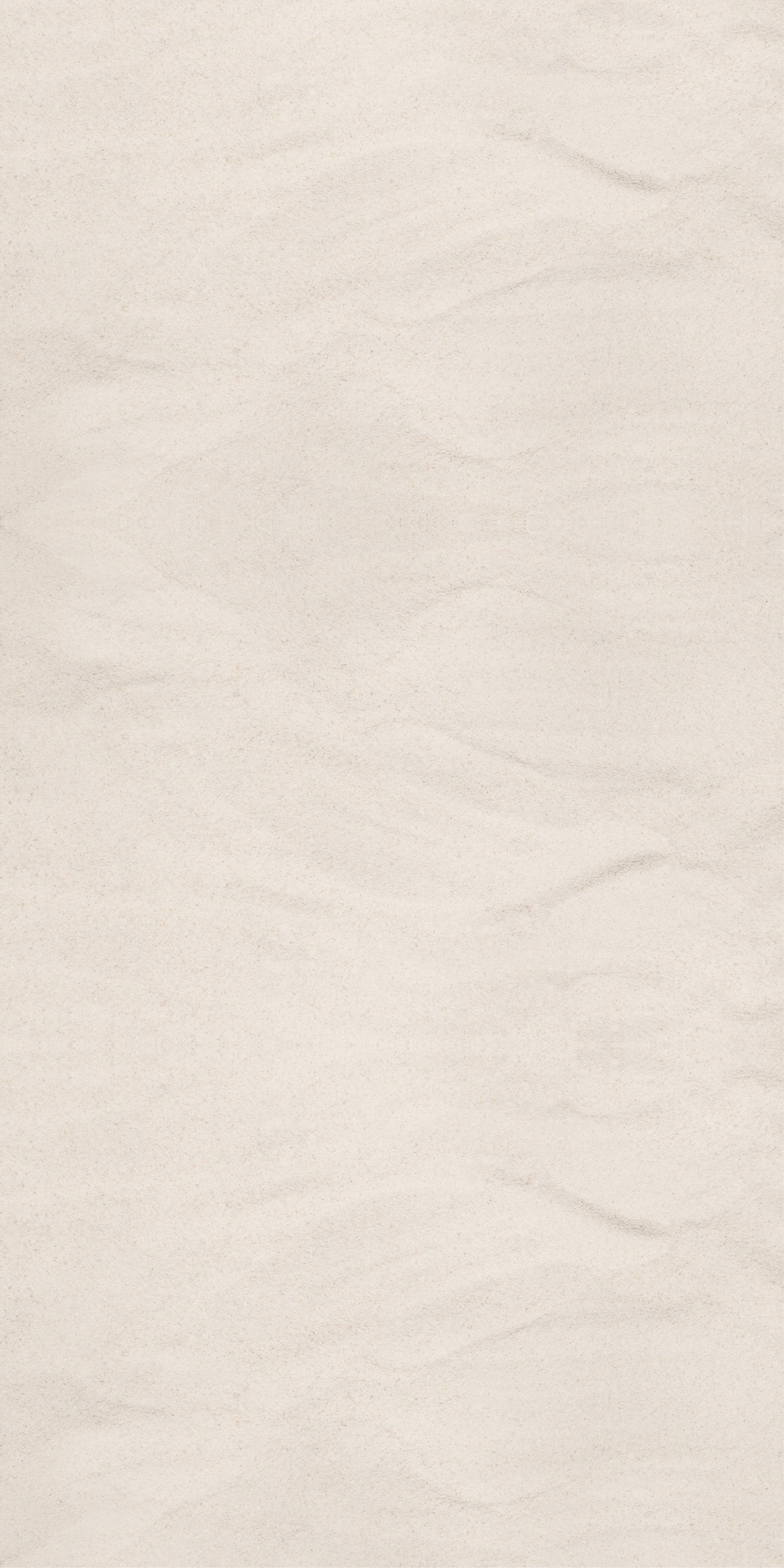
Beaver Medicine
Reframing the misunderstood brilliance of beavers
BY TRACY BASILEMONTH __, 2025With wildfires and droughts surging as global temperatures soar, how much more can we endure before the North American beaver can be seen as a creator of valuable wetlands habitat and a steward of life, instead of a pest? A beautiful new documentary called “Beaver: A Medicine of Possibility” aims to change these misconceptions and spur us to reimagine community.
Beaver lodge near Shoshone Lake by Jacob W. FrankThe film is a series of seven short chapters, each one directed, written and narrated with a strong Indigenous sensibility. There is an artful blending of history, science, and beaver traditions from various Native cultures here on Turtle Island.
We need more films like this. We need to be shown ways to get us out of our colonial mental ruts and into new paradigms that lead us to a vision of community and co-existence that makes room for beavers, ponds, and wetlands. A vision that includes gratitude to our relative the beaver. I wish this film was longer so we could learn about the efforts of Native nations today like the Yurok in California who have done amazing work restoring the Klamath river, and bringing back beaver, salmon and condor to the land.
“What if the wisdom of beavers held the key to weaving the world back together?” This beautiful question echoes throughout the film, prodding us to consider what this continent was like prior to colonization when beavers were everywhere creating habitat for everyone: the elk, the moose, the aspen, the forest, the fish, the birds, and more.
Too often when white people are learning about Indigenous perspectives, there’s a tendency to focus only on the hardship and immense suffering of Native peoples, but we also need to be taught about Indigenous ingenuity and sustainability. We need to recognize the brilliance of seeing beavers as world builders, not pests to property owners, or pelts to 17th century fur traders. “Beaver: A Medicine of Possibility” isn’t preachy, it isn’t dumbed down, it doesn’t whitewash what fur trading did to the land and the people. It’s just right.
This film is co-produced by INDIGENOUS LED and the Beaver Institute. Both organizations are amazing. They are in process of raising $25,000 to support screenings in Native communities. If you would like to donate, click here.
It’s hard to imagine North America before colonization. But films like this do something more important than show us the past— they help us envision a post-colonial future.
You can watch a short clip here:


